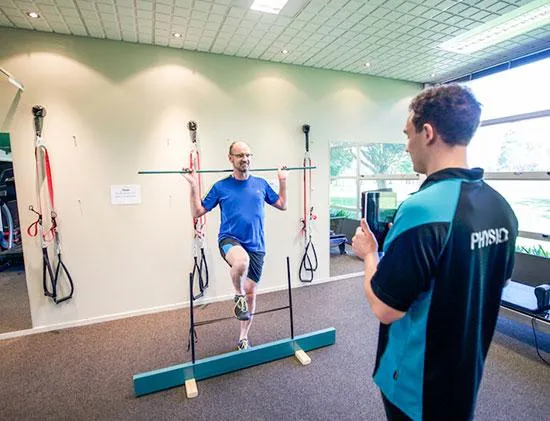
The Science Behind Balance: Understanding Your Vestibular System
Have you ever wondered what keeps you upright when you walk, run, or even stand still? It all comes down to a complex system in your body working quietly behind the scenes: your vestibular system. This system is crucial for maintaining balance, and understanding how it works can help us better appreciate how to manage and improve our stability.
What is the Vestibular System?
The vestibular system is located in your inner ear and consists of three main components: the semicircular canals, the otolith organs, and the vestibular nerve. Together, they act as your body’s internal gyroscope, providing your brain with constant updates on your head's movements and position. Let’s break down how each part works:
Semicircular Canals: These three loop-like structures are filled with fluid and lined with tiny hair cells. When you move your head, the fluid shifts, causing the hair cells to bend. This sends signals to your brain about the direction and speed of your head’s movement, allowing you to adjust your posture or head position accordingly.
Otolith Organs: These organs, called the utricle and saccule, detect linear movements like going up in an elevator or tilting your head. They contain small crystals that move when you change position, stimulating hair cells and sending information to your brain about acceleration and gravity.
Vestibular Nerve: This nerve acts as the messenger, transmitting all the information from the semicircular canals and otolith organs to your brain. Your brain then processes this data and coordinates with your muscles to keep you steady.
Why is Balance So Important?
Balance is fundamental to almost everything you do, from simple movements like getting out of bed to more complex activities like hiking or playing sports. Your vestibular system works alongside your visual and proprioceptive systems (the sense of where your body is in space) to help you maintain stability. When any part of this balance trio is disrupted, it can lead to dizziness, vertigo, or even falls.
What Happens When the Vestibular System Malfunctions?
When the vestibular system isn’t functioning properly, the brain may receive confusing or inaccurate signals about your body’s position. This can result in symptoms such as dizziness, unsteadiness, vertigo, and even motion sensitivity. Conditions like Benign Paroxysmal Positional Vertigo (BPPV), vestibular neuritis, or Meniere’s disease can affect this delicate system, making everyday activities a challenge.
How Can Understanding the Vestibular System Help?
Knowing how the vestibular system works can make it easier to grasp why certain treatments or exercises are effective. For example, vestibular therapy uses targeted exercises to retrain your brain and body to better manage balance, reduce dizziness, and improve stability. Techniques may include gaze stabilisation exercises or balance training, all designed to help your vestibular system function more efficiently.
Take Control of Your Balance
Maintaining good balance is more than just avoiding falls—it's about feeling confident and steady in your everyday life. If you’re experiencing issues with balance or dizziness, understanding the science behind your vestibular system is a great first step. By learning more about how your body works, you can better appreciate the importance of targeted care and exercises designed to support your stability.
At Muscle People Physiotherapy, we’re here to guide you through every step of the way to better balance. If you’d like to know more about how we can help or want to discuss your needs, don’t hesitate to reach out. Stability starts from the inside, and we’re here to help you find it!



